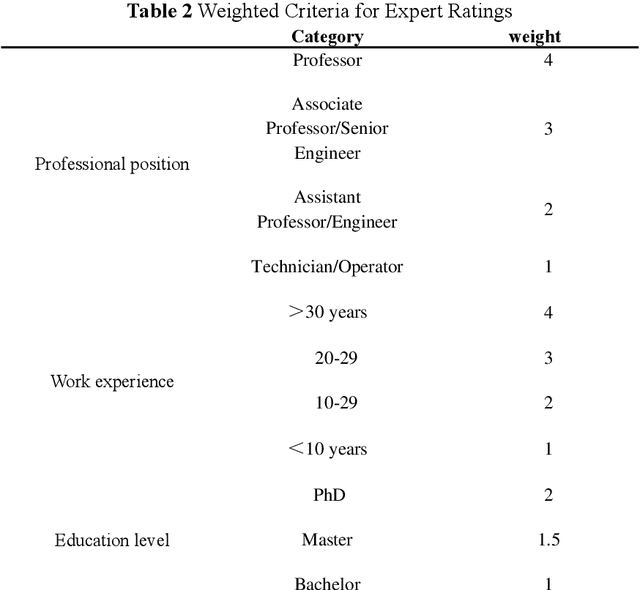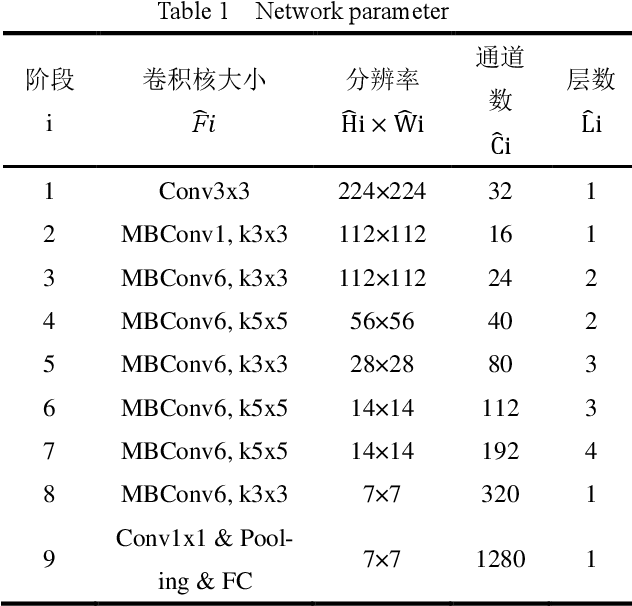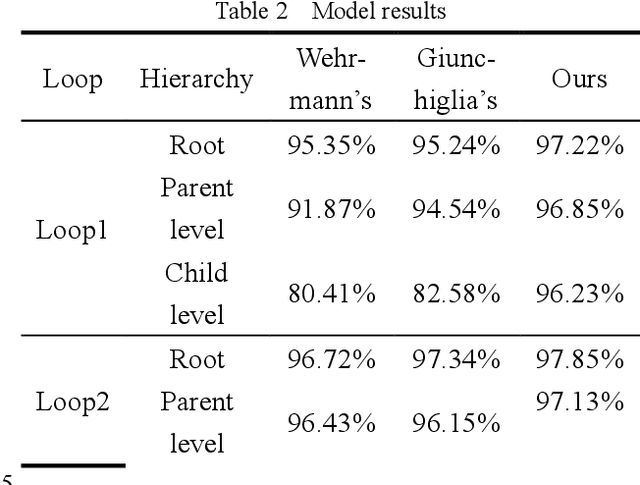Jiangwen Chen
A Fuzzy Reinforcement LSTM-based Long-term Prediction Model for Fault Conditions in Nuclear Power Plants
Nov 13, 2024



Abstract:Early fault detection and timely maintenance scheduling can significantly mitigate operational risks in NPPs and enhance the reliability of operator decision-making. Therefore, it is necessary to develop an efficient Prognostics and Health Management (PHM) multi-step prediction model for predicting of system health status and prompt execution of maintenance operations. In this study, we propose a novel predictive model that integrates reinforcement learning with Long Short-Term Memory (LSTM) neural networks and the Expert Fuzzy Evaluation Method. The model is validated using parameter data for 20 different breach sizes in the Main Steam Line Break (MSLB) accident condition of the CPR1000 pressurized water reactor simulation model and it demonstrates a remarkable capability in accurately forecasting NPP parameter changes up to 128 steps ahead (with a time interval of 10 seconds per step, i.e., 1280 seconds), thereby satisfying the temporal advance requirement for fault prognostics in NPPs. Furthermore, this method provides an effective reference solution for PHM applications such as anomaly detection and remaining useful life prediction.
Research on fault diagnosis of nuclear power first-second circuit based on hierarchical multi-granularity classification network
Nov 12, 2024



Abstract:The safe and reliable operation of complex electromechanical systems in nuclear power plants is crucial for the safe production of nuclear power plants and their nuclear power unit. Therefore, accurate and timely fault diagnosis of nuclear power systems is of great significance for ensuring the safe and reliable operation of nuclear power plants. The existing fault diagnosis methods mainly target a single device or subsystem, making it difficult to analyze the inherent connections and mutual effects between different types of faults at the entire unit level. This article uses the AP1000 full-scale simulator to simulate the important mechanical component failures of some key systems in the primary and secondary circuits of nuclear power units, and constructs a fault dataset. Meanwhile, a hierarchical multi granularity classification fault diagnosis model based on the EfficientNet large model is proposed, aiming to achieve hierarchical classification of nuclear power faults. The results indicate that the proposed fault diagnosis model can effectively classify faults in different circuits and system components of nuclear power units into hierarchical categories. However, the fault dataset in this study was obtained from a simulator, which may introduce additional information due to parameter redundancy, thereby affecting the diagnostic performance of the model.
 Add to Chrome
Add to Chrome Add to Firefox
Add to Firefox Add to Edge
Add to Edge